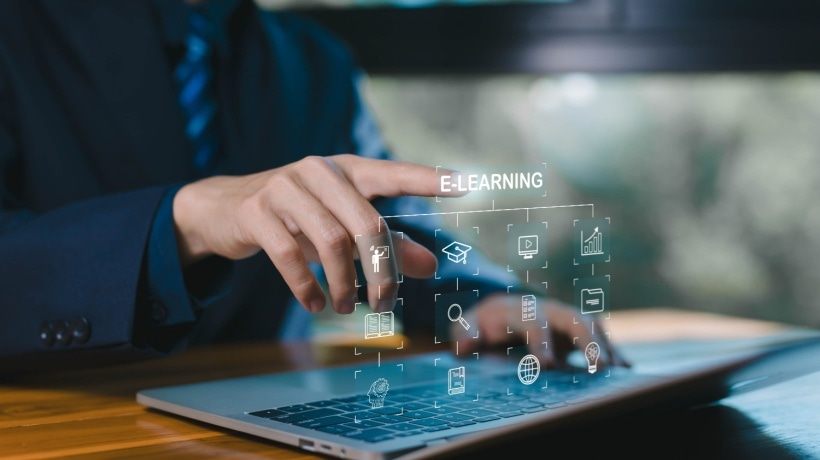Learn How To Transform Your Learning Culture
A continuous learning culture ensures that employees are up to date with the latest trends of their industry and that the organization’s operations run smoothly and with agility. This ensures that the organization keeps on growing and does not suffer from pitfalls due to lack of knowledge. It is seen that both industry giants as well as start-ups seem to adapt really well to the modern culture of continuous learning using digital technologies, and it is the in-betweeners, the medium-size organizations and those that are not relatively new (while not being industry veterans), that are suffering. In this article, we’ll discuss 5 simple actions through which corporate organizations can transform their learning culture and get back in the race.
1. Identify The Elements Of The Modern Learning Culture
The problem with a number of organizations is that they don’t understand what a modern learning culture constitutes. Forcing your employees to take eLearning courses on a regular basis isn’t it. The modern workplace consists of a multi-generational workforce, and learning must be delivered to each of the generations in a way suited to them. Focus should be on technology, design, people, place, as well as time. A blended learning program works best in such cases, with the millennials getting microlearning bits directly on their smartphones, as well as eLearning courses once in a while, along with classroom training for really complex subjects. The older, less tech-savvy employees must be made to use technology too, but the focus should be more on that they learn in a way that they’re comfortable with rather than forcing technology onto them.
2. Identify The Problems With Your Current Culture
Once you’ve understood what the modern culture is, it is time to take a look inward and understand how far off you are from where you should be. You need to ask questions such as: Does your organization need a modern learning culture? Is it ready for it? What new elements do you need to add to your older learning culture and what are the elements that need to go? Do you have the resources and budget to transform your existing learning culture into a modern one? If not, what can be done to get those resources?
3. Identify Obstructions In The Way Of Transformation
As mentioned above, if there are any obstructions that are stopping your organization from adopting the modern learning culture, what are they? Listing down the barriers to adopting a modern learning culture will ensure that you plan to pick each of them off one by one when you finally decide to implement the modern learning culture. As you’ll see, most of them will seem like bigger problems than they are on paper, and when you actually get down to it, will be easier to solve. Changes will be required to be made, but that is the price you have to pay to move forward.
4. Plan Out The Implementation Of The Modern Learning Culture
Now comes the hard part. Planning will not only require determining how to remove the obstructions in the way of your modern learning culture but deciding what to include in your L&D program. Will you be using blended learning or simply digital learning? What learning strategies and methodologies will you be using in your L&D program? What type of LMS will you be using? Will you have a learning mobile app? These are just very few of a number of questions you will have to answer. The better you plan out every single detail, the smoother the implementation of your L&D program will be and thus your modern learning culture.
5. Guide Your Organization Into The Modern Learning Culture
It is usually the responsibility of the L&D manager of the organization to ensure that the employees are well-trained, knowledgeable, and productive. Thus, it is they who’ll have to carry the whole plan of transforming the learning culture on their shoulders. They’ll have to talk to the stakeholders, present the plan to them, get the required budget, and once that’s done, oversee that everything goes according to plan, get ahold of the technology required, oversee the digital learning design, the delivery method, the app development, and whatnot. It is a demanding job, but the results will be well worth it.





![How L&D Teams Can Lead Learning Culture Transformation And Help Build A Learning Organization [eBook]](https://cdn.elearningindustry.com/wp-content/uploads/2021/09/shutterstock_624723386.png)




